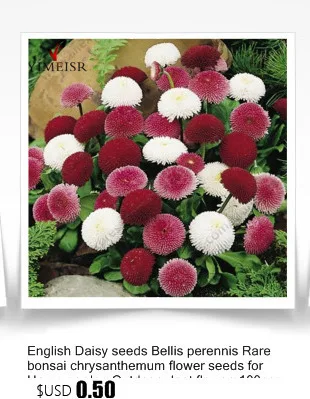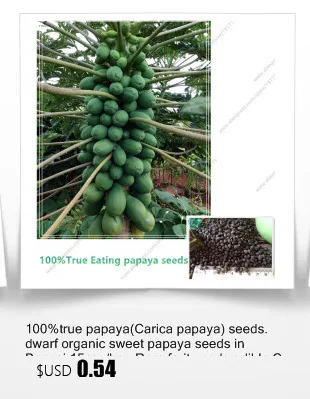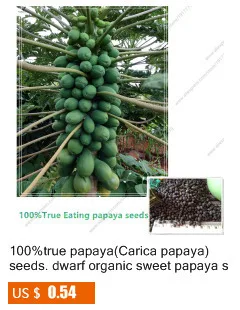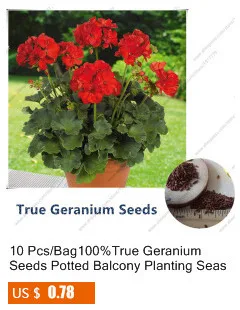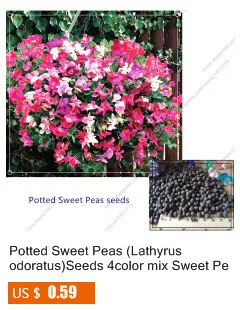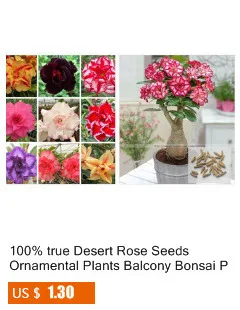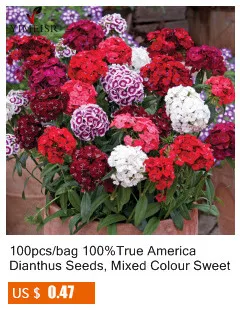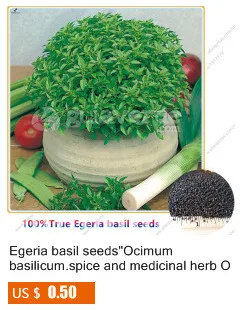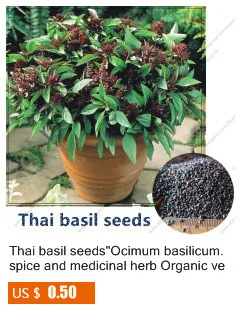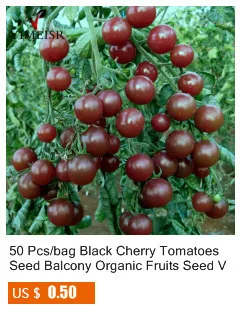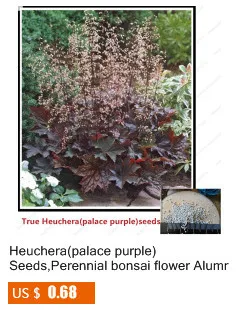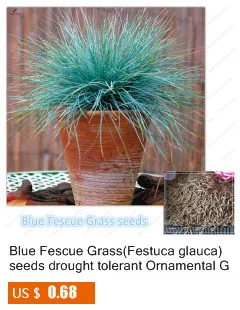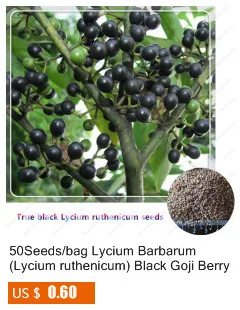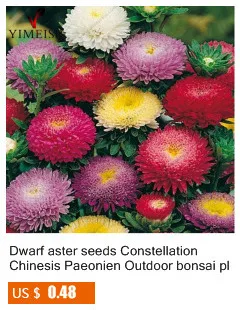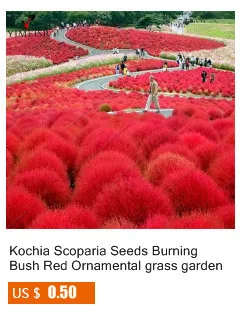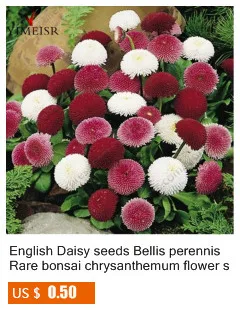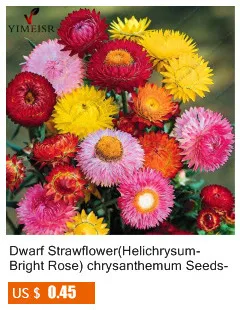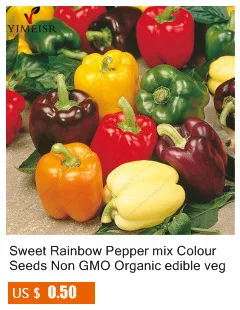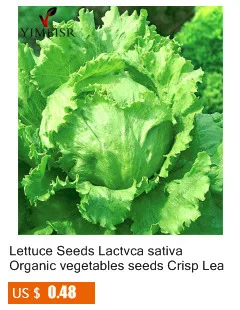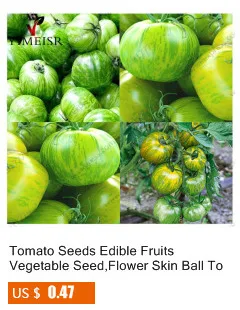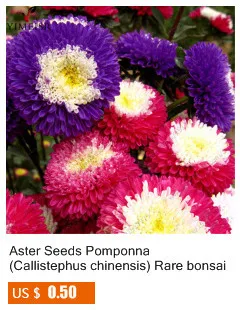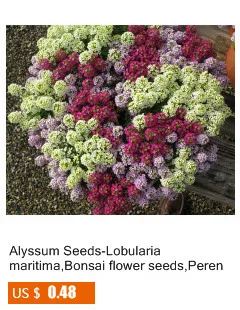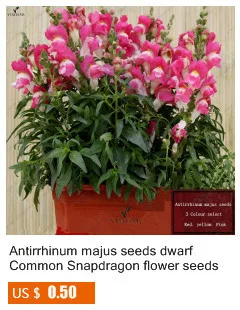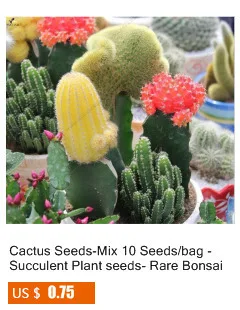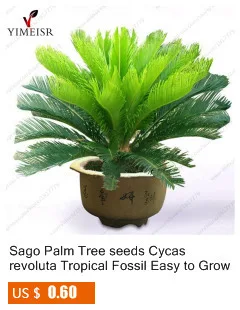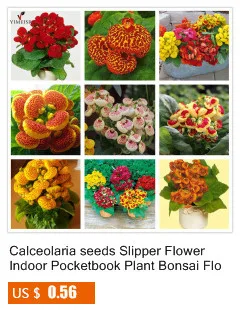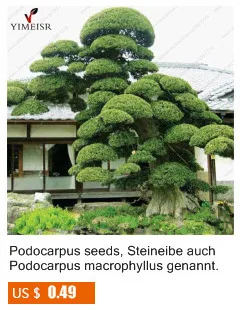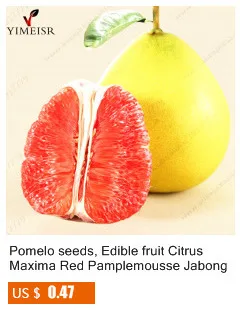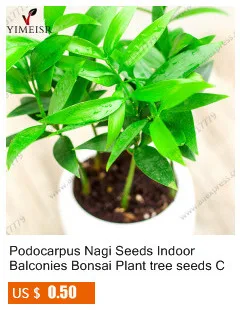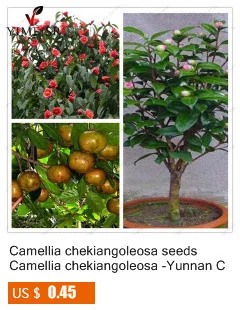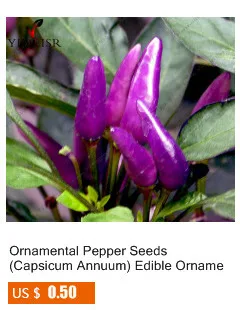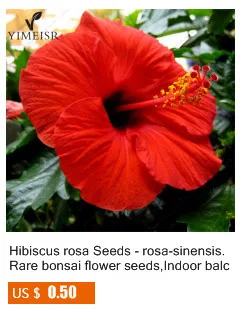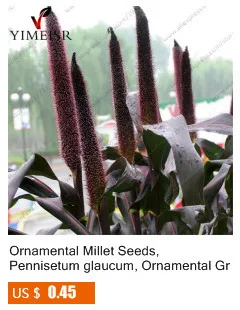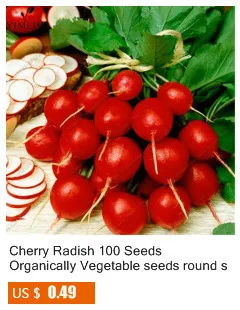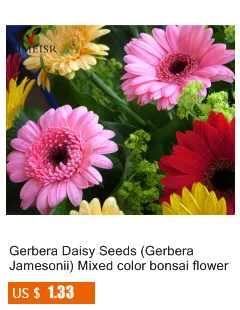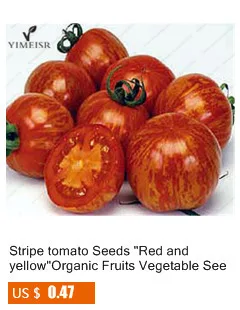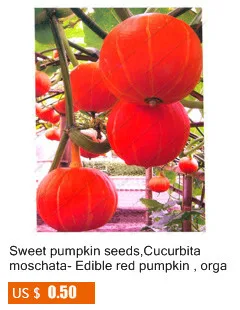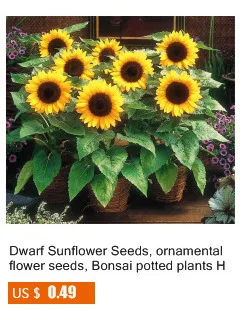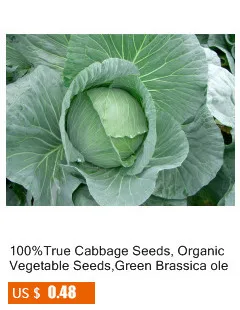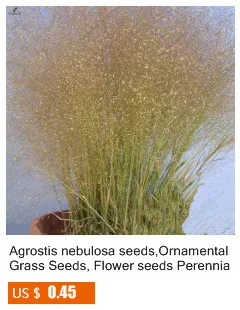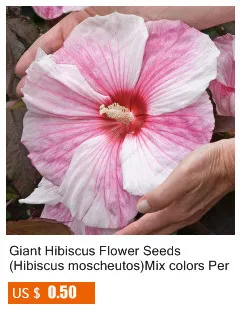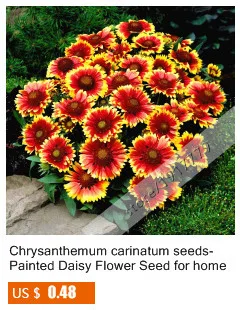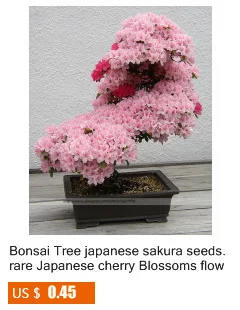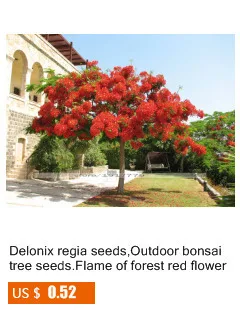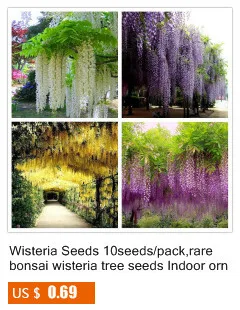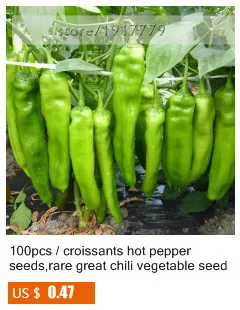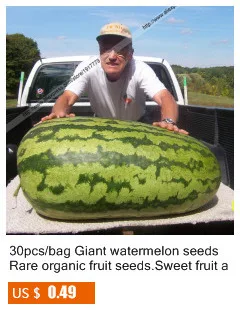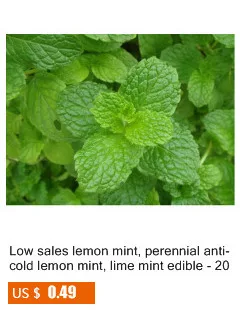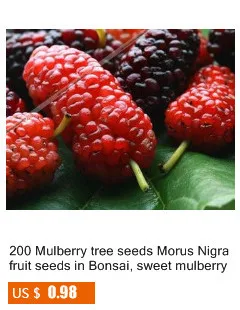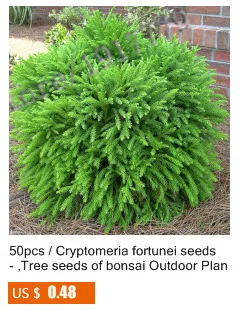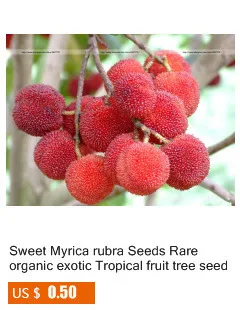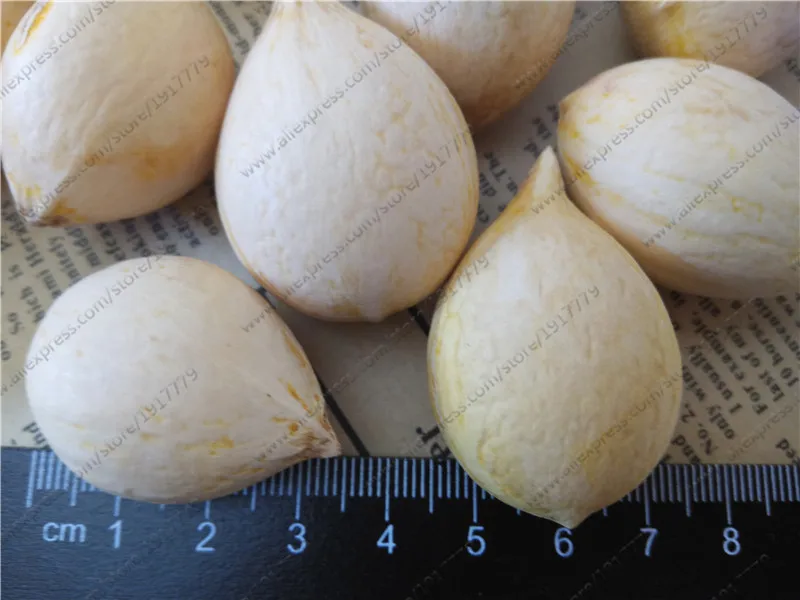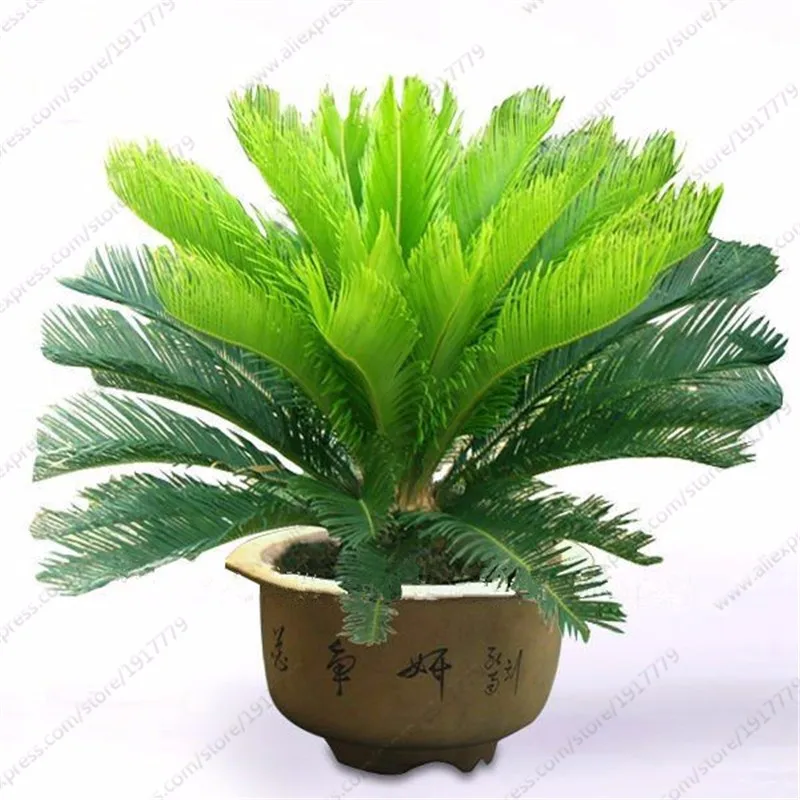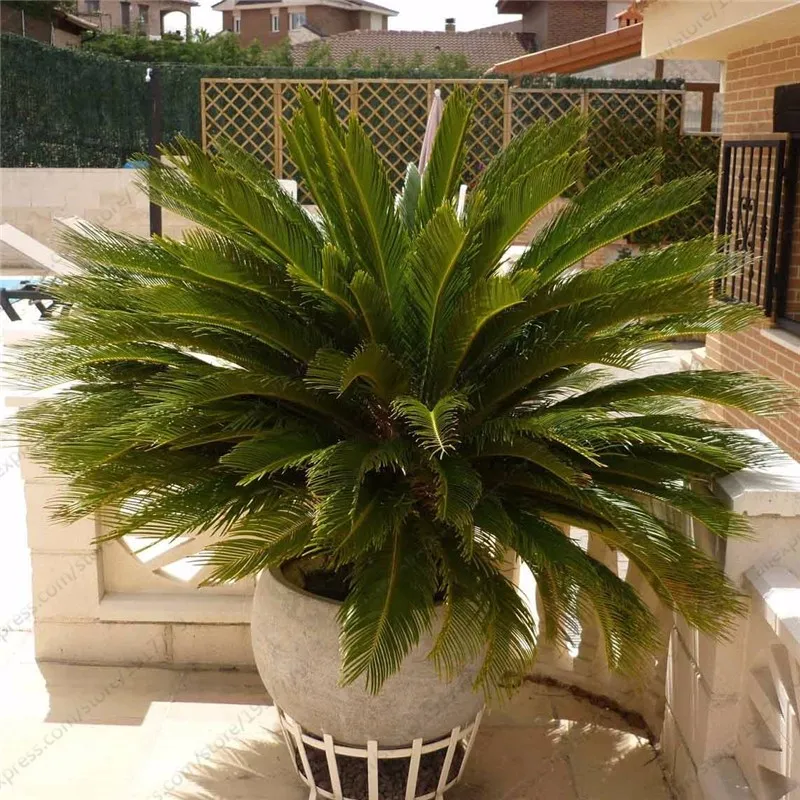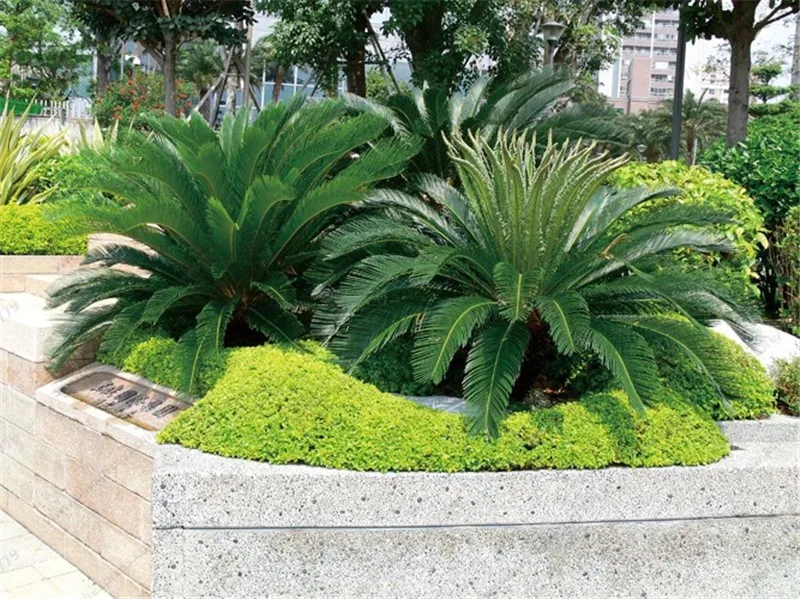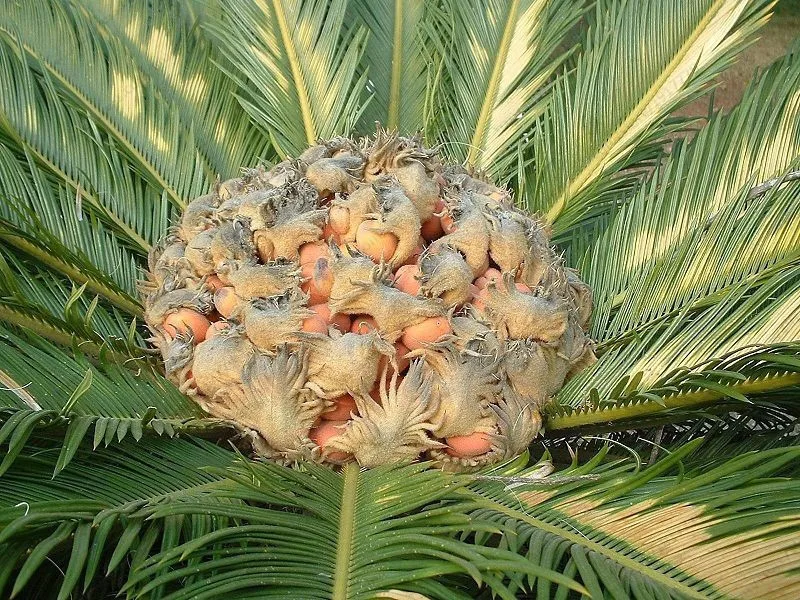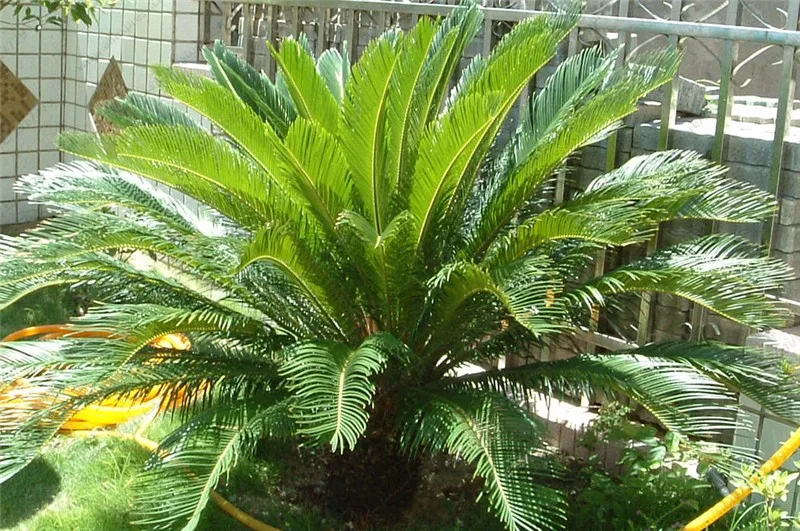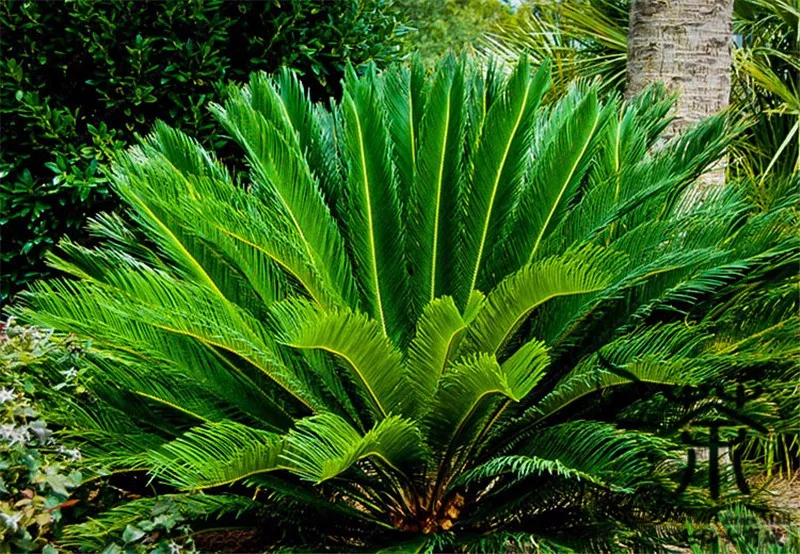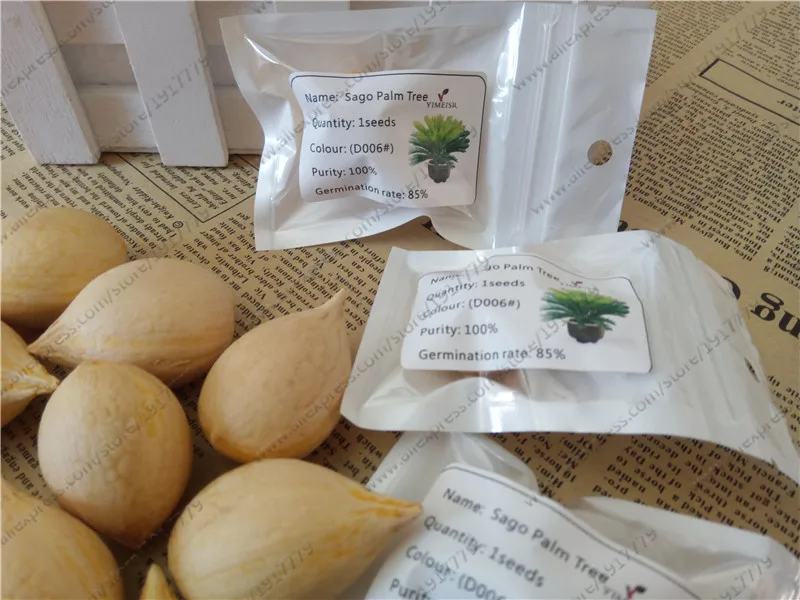Cycas revoluta
Grow a living fossil! Growing Sago Palms from seed is very easy. This plant has become one of the most popular plant for the landscape. Sago Palms are not palm trees at all. They are actually a cycad. They are one of the oldest species of plants that still exist. Appearing on earth during the Paleozoic Era from 350 to 250 million years ago, they were growing long before the flowering plants appeared. Would you believe that they were the dominant plant in the Mesozoic Era and lived right along side of dinosaurs! Because of this they are called “living fossils.” This era is actually called the “Age of Cycads.” These plants have changed very little since that time.
Sago Palms have strong, sturdy trunks that grow to about one to two feet in diameter. Dark olive green leaves grow to 3-4 feet. Younger plants begin with a rosette of leaves coming from a stem near the ground. Today the oldest types of plants are becoming increasingly endangered in the wild.
The sago is easy to care for. It is hardy to 15 degrees and can withstand a short freeze. This plant can live a very long time and is one of the longest living plants in the natural habitat. Typical life span can range between hundreds to thousands of years!
SO grow a living fossil today!
Fun Facts:
Sago Palms are not palm trees at all
Sago plants are actually a cycad
They are one of the oldest species of plants that still exist
They appeared on earth 350 to 250 million years ago
They were growing long before the flowering plants appeared
Sowing instructions:
Soak in warm water for 24 - 48 hours.
Place seed in a deep container with at least 6 inches of good soil
Keep soil moist but not soggy
Press the seed halfway into the soil so that the pointy tip is facing up. Some growers have better results by laying the seed on its side. This allows for the tip to produce a healthy tap root to go down into the soil, while the first set of leaves will shoot up.
Once the Sago Palm seed is been planted, water well and place the growing container in a warm, shaded area that will get partial sun.
Do not place in direct scorching sun. This will cause the seedlings to dry out to quickly. and possibly burn before they develop a good root system.
Allow the soil to almost dry out before watering.
When the seedlings begin to put on the set of ‘true' leaves they can be transplanted into larger pots or planted directly to the landscape site.
Plant Care:
Grow in a standard potting mix
Place in bright filtered light
Likes a deep, rich well fertilized soil
Keep moist and feed once a month
Transplant when large enough to handle into pots
Keep humid if in dry conditions by occasional misting
Keep young plants above 40° F
Do not allow to remain in standing water
germination instructions for cycads
The following are general tips that will work for all species.
If the seeds appear dry, soak them in warm water for 1-3 days. Desiccation may result in the seeds moving around in the shell when shaken. This does not affect their viability. Most cycad seeds sink in water, which is an easy way to check their viability. Seeds of some species though float naturally, such as Cycas thouarsii and C. litoralis.
For sowing, use a free draining mix of peat, cocofiber and sand, perlite, or similar media. It should be kept moist but not wet. Fill a pot and bury the seeds only halfway in the compost. Cover with clear plastic and label with species name and date. The baggie method, as recommended for palms, will also work but seeds should best stay on top of the compost.
No light is required for germination. Most cycads germinate best at temperatures between 25 and 30°C (75 to 90°F). Check weekly for signs of activity by looking for white roots through the plastic. Ensure that the medium does not dry out. Most cycads will sprout after 4-8 weeks.
After the seeds have sprouted, plant each in a tall, narrrow pot using a well drained medium, label, and place in ample light. Species from drier habitats can take full sun from early age. Aim to keep the soil moist but never wet, feed and pot on as required.


